Home>Gardening & Outdoor>Landscaping Ideas>When To Plant Grass In Austin
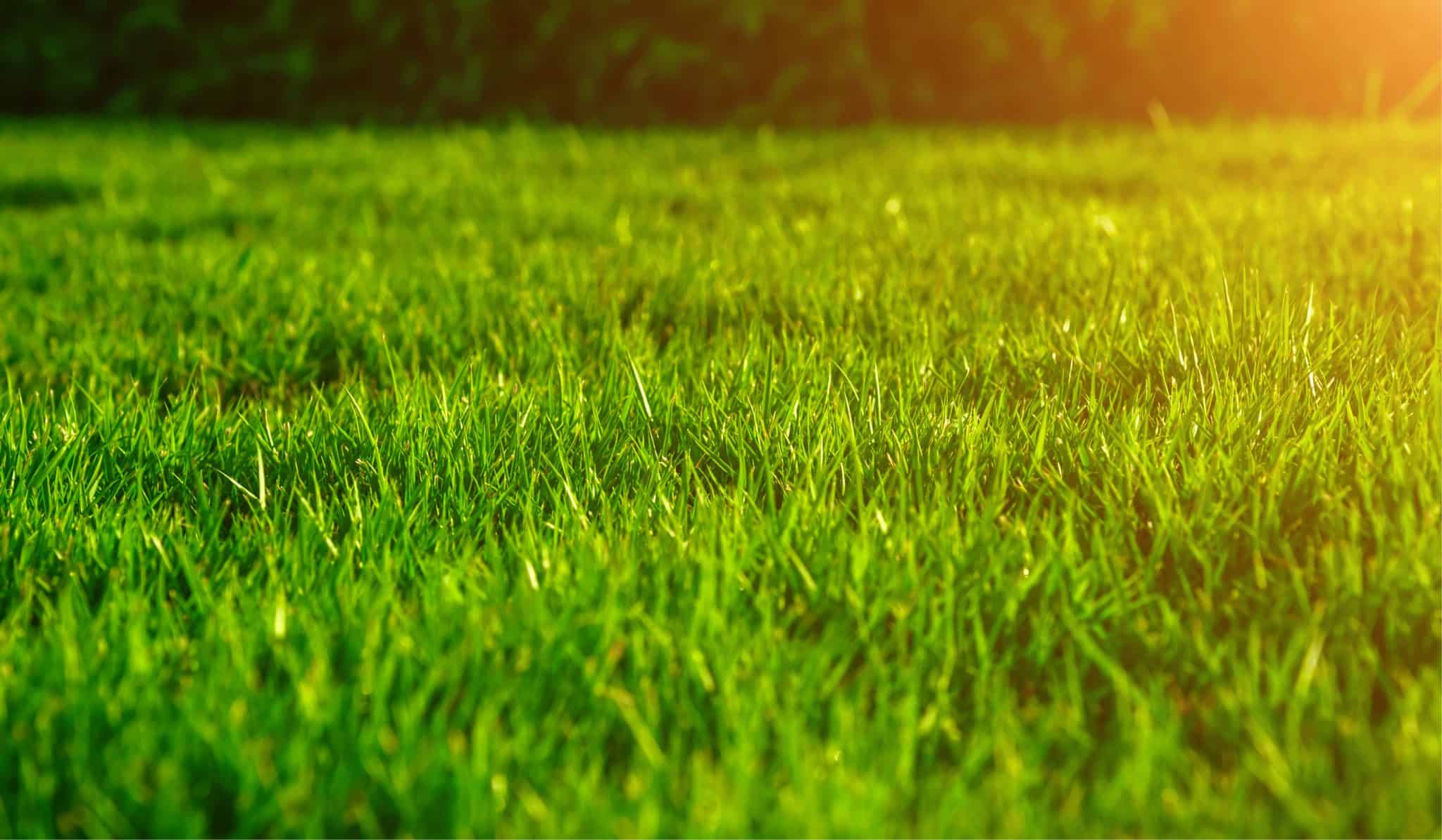

Landscaping Ideas
When To Plant Grass In Austin
Modified: March 28, 2024
Discover the best time for landscaping in Austin with our expert tips. Learn when to plant grass and create a lush, vibrant lawn.
(Many of the links in this article redirect to a specific reviewed product. Your purchase of these products through affiliate links helps to generate commission for Storables.com, at no extra cost. Learn more)
Best Time to Plant Grass in Austin
The best time to plant grass in Austin is during the fall season, specifically from mid-September to mid-November. This period offers the ideal conditions for successful grass establishment, as the weather is relatively cooler, and the soil retains warmth from the summer months. These factors create a conducive environment for grass seeds to germinate and develop strong root systems before the arrival of the harsher winter conditions.
Planting grass during the fall allows the seeds to take advantage of the ample sunlight and moderate temperatures, which are essential for robust growth. Additionally, the cooler weather reduces the risk of heat stress on the newly planted grass, providing a favorable setting for healthy and vigorous establishment.
By choosing to plant grass in the fall, homeowners in Austin can capitalize on the natural cycles of the environment, aligning with the optimal conditions for successful germination and growth. This strategic timing sets the stage for a lush, vibrant lawn in the following spring and summer seasons.
In contrast, planting grass during the summer months in Austin can be challenging due to the intense heat and potential water restrictions. The high temperatures and limited water supply can hinder the germination process and place additional stress on the developing grass, leading to suboptimal results.
Similarly, planting grass in the winter may not be as effective, as the cooler temperatures and reduced sunlight can impede the growth and establishment of the grass, resulting in a weaker and less resilient lawn.
By understanding the best time to plant grass in Austin, homeowners can make informed decisions to maximize the success of their lawn establishment efforts. This strategic approach leverages the natural rhythms of the local climate to create an environment where grass can thrive and flourish, ultimately enhancing the beauty and functionality of outdoor spaces in Austin.
Key Takeaways:
- Best Time to Plant Grass in Austin
The best time to plant grass in Austin is during the fall, from mid-September to mid-November. This allows for ideal conditions, leading to a lush and vibrant lawn in the following spring and summer seasons. - Factors to Consider Before Planting Grass
Before planting grass in Austin, consider soil composition, sunlight exposure, climate, existing vegetation, and local regulations. These factors impact the success of grass establishment and long-term vitality.
Read more: When To Plant Switch Grass
Factors to Consider Before Planting Grass
Before embarking on the journey of planting grass in Austin, it is crucial to consider several key factors that can significantly impact the success of the endeavor. By carefully evaluating these elements, homeowners can make informed decisions and prepare their landscapes for optimal grass establishment and long-term vitality.
Soil Composition and pH Levels
The first factor to assess is the soil composition and pH levels of the intended planting area. Austin's diverse landscape encompasses various soil types, ranging from clayey soils to sandy loams. Understanding the specific soil composition is essential, as it directly influences the availability of nutrients, water retention, and overall drainage capabilities. Conducting a soil test to determine the pH levels is also vital, as different grass species thrive in specific pH ranges. By addressing any soil deficiencies or imbalances before planting, homeowners can create a favorable foundation for healthy grass growth.
Sunlight Exposure and Shade Patterns
Another critical consideration is the amount of sunlight exposure and shade patterns in the designated lawn area. Different grass species have varying sunlight requirements, with some thriving in full sun, while others are more suited to partial or full shade conditions. By observing the sunlight patterns throughout the day, homeowners can select grass varieties that align with the specific light conditions of their outdoor spaces. This strategic approach ensures that the chosen grass species receive the necessary sunlight for robust growth and sustained vitality.
Climate and Watering Needs
The unique climate of Austin, characterized by hot summers and mild winters, directly impacts the watering needs of newly planted grass. Understanding the local climate patterns and average precipitation levels is crucial for establishing an effective watering schedule. Additionally, considering the availability of irrigation systems or the feasibility of manual watering can help homeowners plan for consistent moisture levels during the critical germination and establishment phases. By aligning the grass planting process with the climate and watering requirements, homeowners can set the stage for successful grass growth and resilience in the face of Austin's dynamic weather conditions.
Read more: When To Plant Grass In Maryland
Existing Vegetation and Weed Control
Assessing the presence of existing vegetation and potential weed challenges is essential before planting grass. Clearing the planting area of unwanted vegetation and addressing weed control measures can prevent competition for resources and create a conducive environment for the new grass to thrive. By implementing targeted weed management strategies and preparing the soil accordingly, homeowners can minimize potential obstacles and support the unhindered growth of the newly planted grass.
Local Regulations and Restrictions
Lastly, it is important to consider any local regulations or restrictions related to grass planting, especially in areas governed by homeowners' associations or municipal guidelines. Understanding any specific requirements or limitations regarding grass species, lawn maintenance, and water usage can help homeowners navigate the planting process in compliance with local regulations, ensuring a harmonious integration of the new grass within the community landscape.
By carefully evaluating these factors before planting grass in Austin, homeowners can lay a solid groundwork for successful grass establishment, setting the stage for a vibrant and resilient lawn that enhances the beauty and functionality of outdoor spaces in the local community.
Types of Grass Suitable for Austin
When it comes to selecting the most suitable grass for Austin's unique climate and soil conditions, homeowners have several options to consider. Each grass variety offers distinct characteristics that cater to specific needs and preferences, allowing individuals to make informed choices based on their desired lawn aesthetics, maintenance requirements, and environmental adaptability.
-
Bermuda Grass: Known for its exceptional heat tolerance and rapid growth, Bermuda grass is a popular choice for Austin's warm climate. This resilient grass variety thrives in full sun and exhibits excellent drought resistance, making it well-suited for the hot and dry conditions often experienced in the region. With its ability to establish dense, lush lawns, Bermuda grass is favored for its durability and ability to withstand heavy foot traffic, making it an ideal option for active outdoor spaces.
-
St. Augustine Grass: Recognized for its lush, dark green appearance and shade tolerance, St. Augustine grass is a preferred choice for Austin homeowners seeking a visually appealing and low-maintenance lawn. This grass variety flourishes in partially shaded areas, making it suitable for landscapes with varying sunlight exposure. Additionally, St. Augustine grass exhibits good tolerance to Austin's clayey soils, providing an attractive and resilient lawn option for diverse outdoor environments.
-
Zoysia Grass: With its fine texture and moderate maintenance requirements, Zoysia grass offers homeowners in Austin a versatile and visually appealing lawn option. This grass variety thrives in both full sun and partial shade, adapting well to various light conditions. Zoysia grass is valued for its dense growth pattern, which contributes to a lush and uniform lawn appearance. Furthermore, its moderate water requirements and tolerance to foot traffic make it an attractive choice for residential landscapes seeking a balance of aesthetics and practicality.
-
Buffalo Grass: Ideal for those seeking a low-maintenance and eco-friendly grass option, Buffalo grass is well-suited for Austin's climate and water conservation efforts. This native grass variety exhibits excellent drought tolerance and requires minimal water and mowing, making it an environmentally conscious choice for sustainable landscapes. Its fine texture and naturalistic appearance contribute to a soft and inviting lawn surface, while its adaptability to various soil types further enhances its appeal for Austin homeowners.
By understanding the unique characteristics and benefits of these grass varieties, homeowners in Austin can make informed decisions based on their specific preferences, environmental considerations, and maintenance capabilities. Whether prioritizing heat tolerance, shade adaptability, low maintenance, or environmental sustainability, the diverse options for grass suitable for Austin cater to a range of needs, allowing individuals to create vibrant and resilient lawns that enhance the beauty and functionality of outdoor spaces in the local community.
Steps to Planting Grass in Austin
Preparing for the successful establishment of a lush and vibrant lawn in Austin involves a series of strategic steps designed to create an optimal environment for grass growth. By following a systematic approach to planting grass, homeowners can set the stage for robust and resilient lawns that enhance the beauty and functionality of their outdoor spaces.
-
Soil Preparation: Begin by preparing the soil in the designated planting area. Remove any debris, rocks, or existing vegetation, and conduct a soil test to assess its composition and pH levels. Based on the results, amend the soil as needed to address any deficiencies and create a well-balanced foundation for grass growth.
-
Selecting the Right Grass Seed: Choose a high-quality grass seed that is well-suited to Austin's climate and soil conditions. Consider factors such as sunlight exposure, water requirements, and maintenance preferences when selecting the appropriate grass variety for the intended lawn area.
-
Seeding and Sowing: Distribute the grass seed evenly across the prepared soil, using a seed spreader for uniform coverage. Lightly rake the seeded area to ensure good seed-to-soil contact, which is essential for successful germination. Consider covering the seeded area with a thin layer of mulch to retain moisture and protect the seeds from birds and other potential disturbances.
-
Watering and Irrigation: Establish a consistent watering schedule to keep the soil evenly moist during the critical germination phase. Avoid overwatering, as excessive moisture can lead to seed rot, while insufficient watering can hinder germination. Utilize irrigation systems or manual watering methods to ensure that the seeded area receives adequate moisture for successful grass establishment.
-
Monitoring and Maintenance: Regularly monitor the seeded area for signs of germination and early growth. As the grass begins to establish, adjust the watering schedule based on the specific requirements of the chosen grass variety. Implement proper mowing practices once the grass reaches the recommended height, and address any weed control measures as needed to support the healthy development of the new lawn.
-
Fertilization and Nourishment: After the grass has established a strong root system, consider applying a balanced fertilizer to provide essential nutrients for sustained growth and vitality. Follow recommended fertilization guidelines based on the grass variety and local recommendations to promote a healthy and resilient lawn.
By following these essential steps to planting grass in Austin, homeowners can create an environment conducive to successful grass establishment. This systematic approach addresses key aspects of soil preparation, seed selection, watering practices, and ongoing maintenance, ultimately leading to the development of vibrant and resilient lawns that enrich the outdoor landscapes of Austin.
Read more: Pampas Grass: When To Plant
Maintenance Tips for Newly Planted Grass
Once the grass has been successfully planted, it is essential to implement effective maintenance strategies to nurture its growth and ensure long-term vitality. Proper maintenance not only supports the establishment of a lush and resilient lawn but also contributes to the overall health and beauty of outdoor spaces in Austin. Here are essential maintenance tips for newly planted grass:
Regular Watering:
Consistent and adequate watering is crucial for the initial stages of grass establishment. Newly planted grass requires sufficient moisture to support germination and root development. It is important to water the seeded area regularly, ensuring that the soil remains evenly moist without becoming waterlogged. As the grass begins to grow, adjust the watering schedule based on the specific requirements of the chosen grass variety, taking into account the local climate and precipitation levels.
Monitoring Germination and Growth:
Regular monitoring of the seeded area is essential to track the progress of germination and early growth. Observing the emergence of new grass shoots and monitoring the overall coverage of the seeded area allows homeowners to assess the success of the planting process. By closely observing the development of the newly planted grass, adjustments can be made to the maintenance approach, ensuring that the grass receives the necessary care and attention during its critical establishment phase.
Proper Mowing Practices:
Once the newly planted grass reaches the recommended height, it is important to implement proper mowing practices to encourage healthy growth. Adjust the lawnmower to the appropriate cutting height for the specific grass variety and avoid cutting more than one-third of the grass blade length at a time. By adhering to proper mowing techniques, homeowners can promote strong root development and a dense, uniform lawn appearance, contributing to the overall resilience of the grass.
Read more: When To Plant Grass In Wisconsin
Weed Control Measures:
Addressing weed control measures is essential to minimize competition for resources and support the unhindered growth of the newly planted grass. Regularly inspect the lawn for any signs of weeds and implement targeted weed management strategies as needed. By addressing weed challenges early on, homeowners can create a conducive environment for the successful establishment of the grass, fostering a healthy and vibrant lawn.
Fertilization and Nourishment:
As the newly planted grass establishes a strong root system, consider applying a balanced fertilizer to provide essential nutrients for sustained growth and vitality. Select a fertilizer that aligns with the specific needs of the grass variety and follow recommended application guidelines. By providing adequate nourishment, homeowners can support the long-term health and resilience of the lawn, contributing to its overall vibrancy and lush appearance.
By implementing these maintenance tips for newly planted grass, homeowners in Austin can nurture the growth of their lawns and create vibrant outdoor landscapes that enhance the beauty and functionality of their properties. Effective maintenance practices contribute to the long-term success of grass establishment, fostering lush and resilient lawns that enrich the local community's outdoor environments.
Frequently Asked Questions about When To Plant Grass In Austin
Was this page helpful?
At Storables.com, we guarantee accurate and reliable information. Our content, validated by Expert Board Contributors, is crafted following stringent Editorial Policies. We're committed to providing you with well-researched, expert-backed insights for all your informational needs.
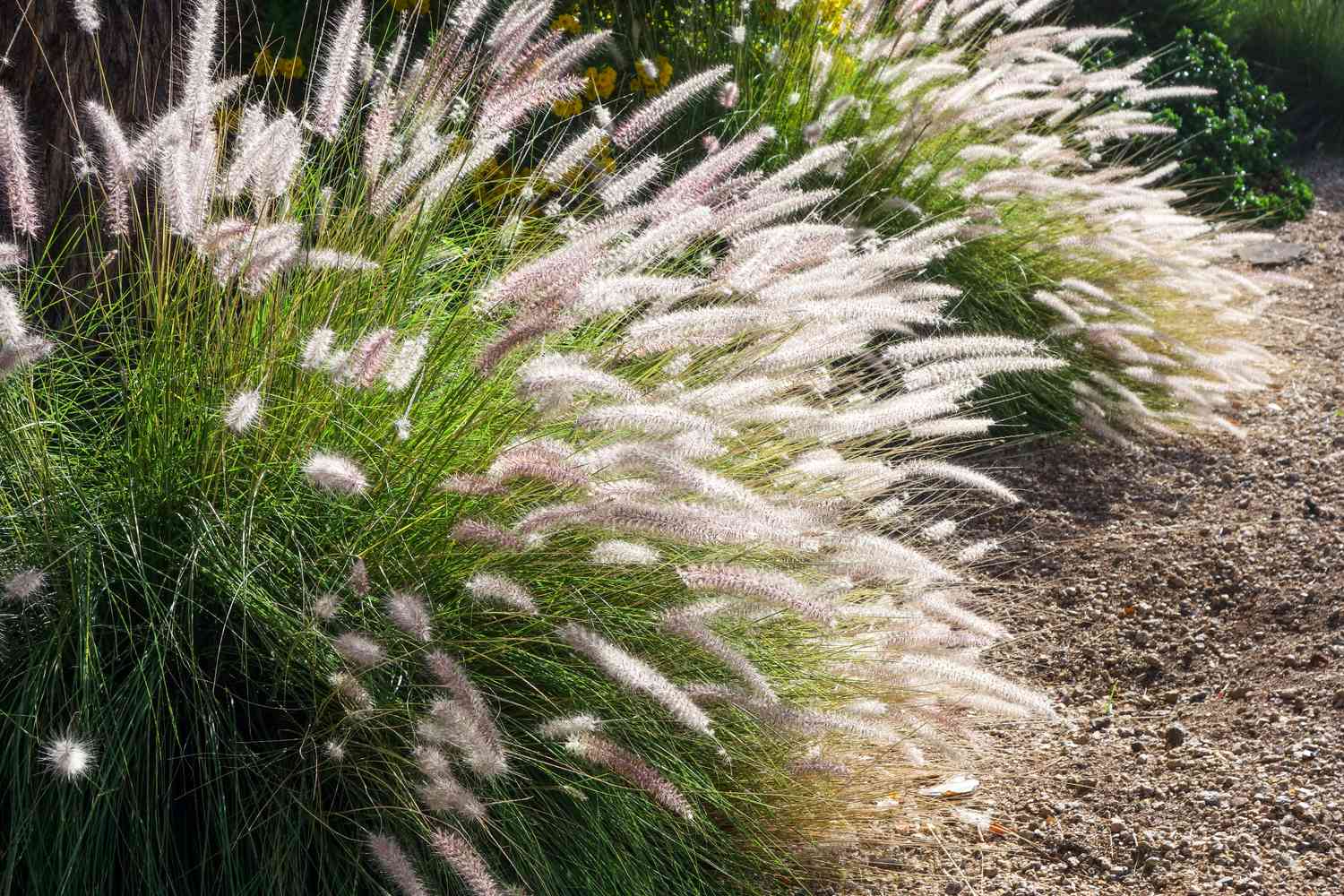
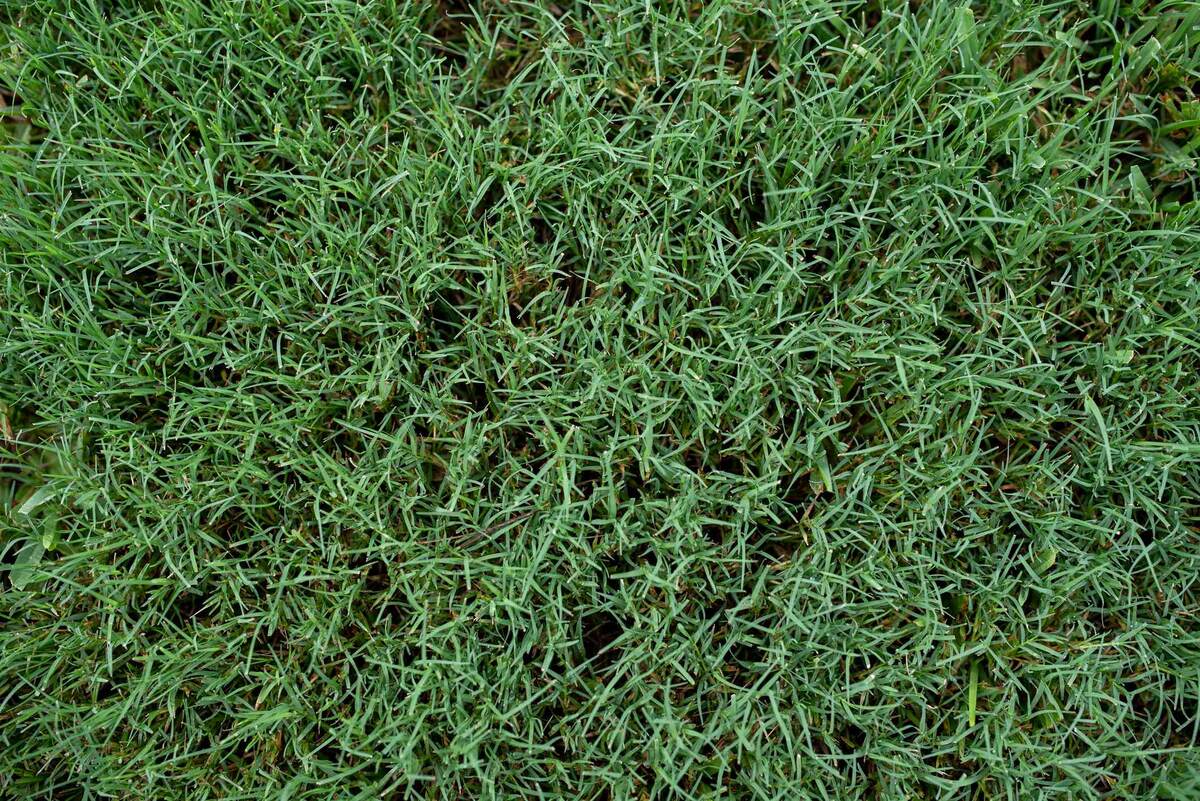
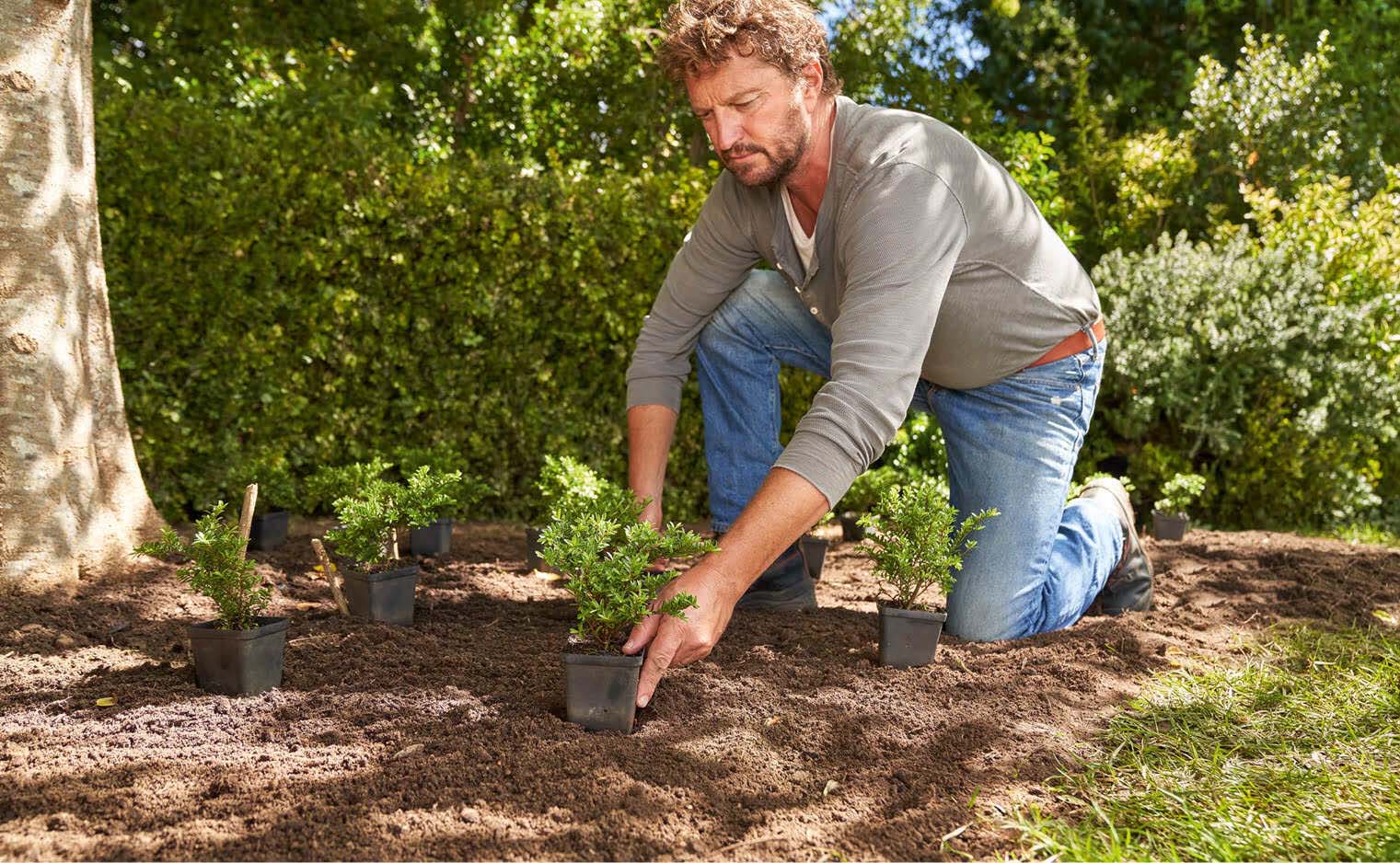
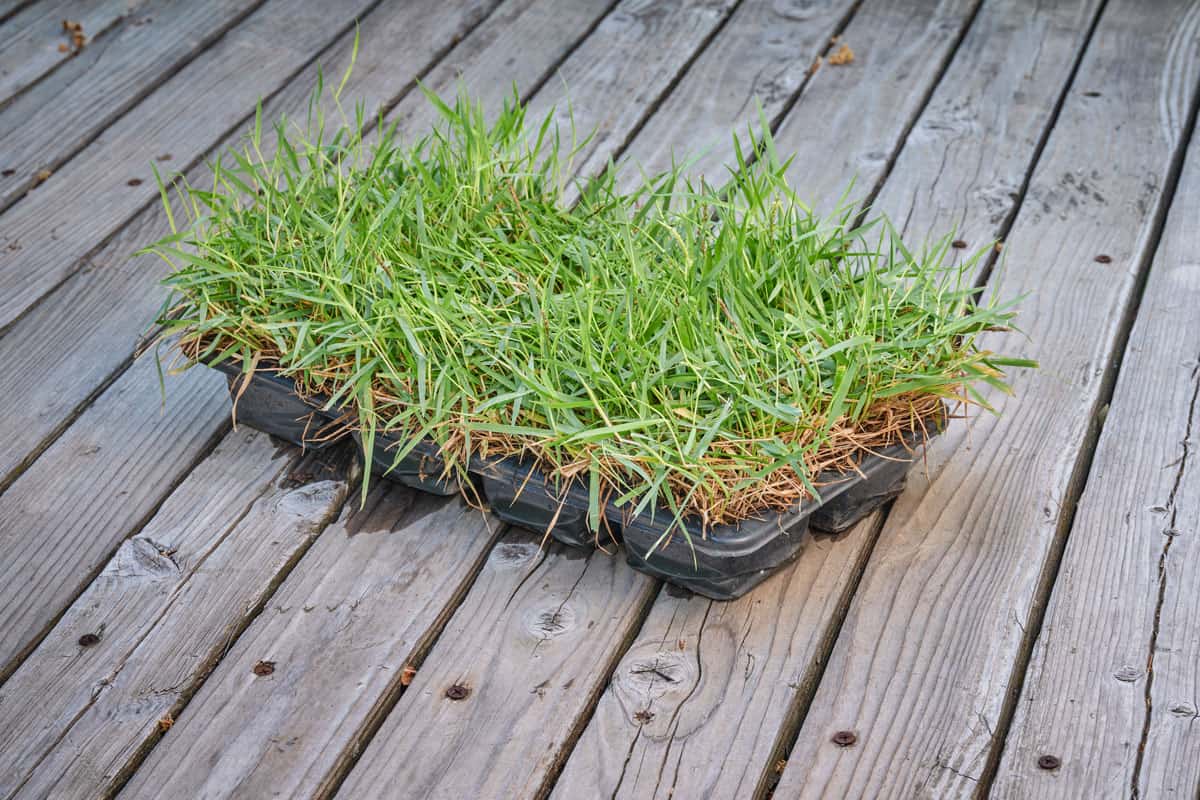
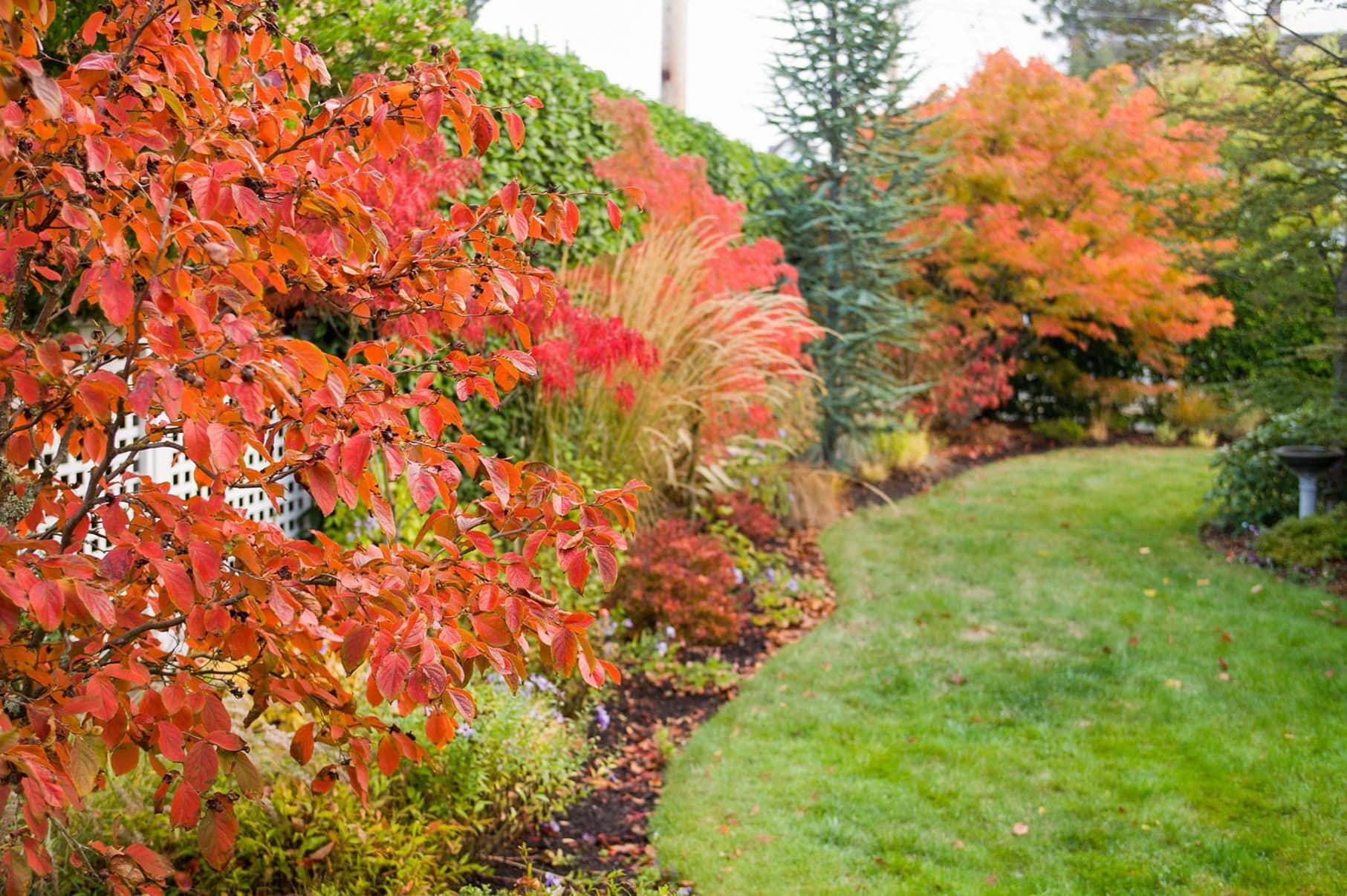
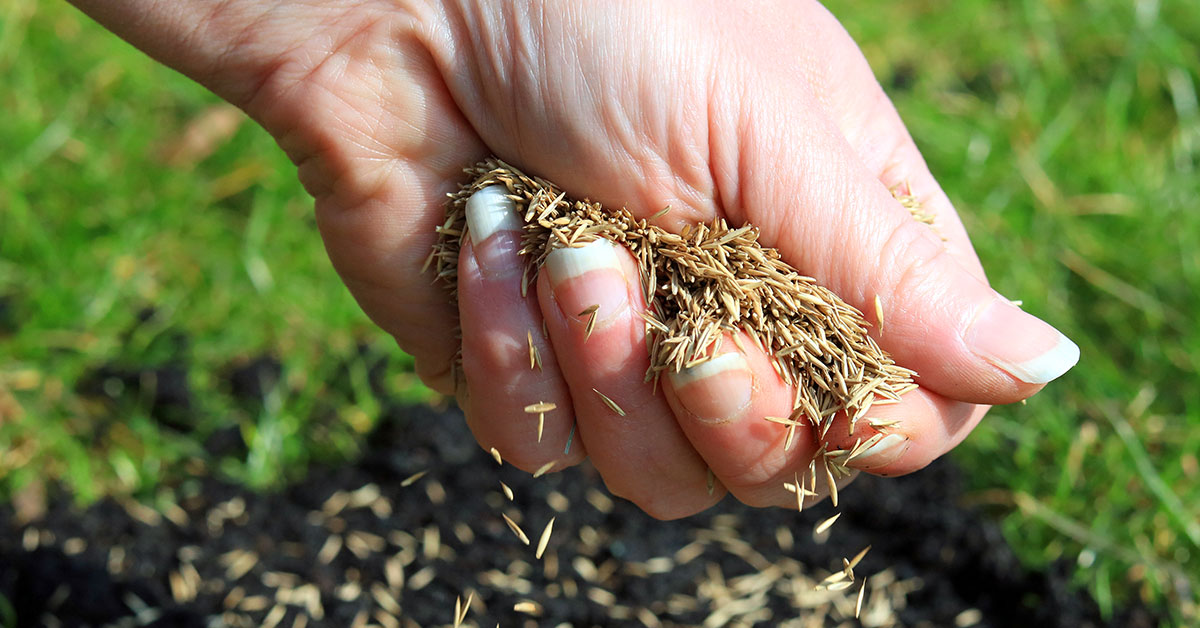
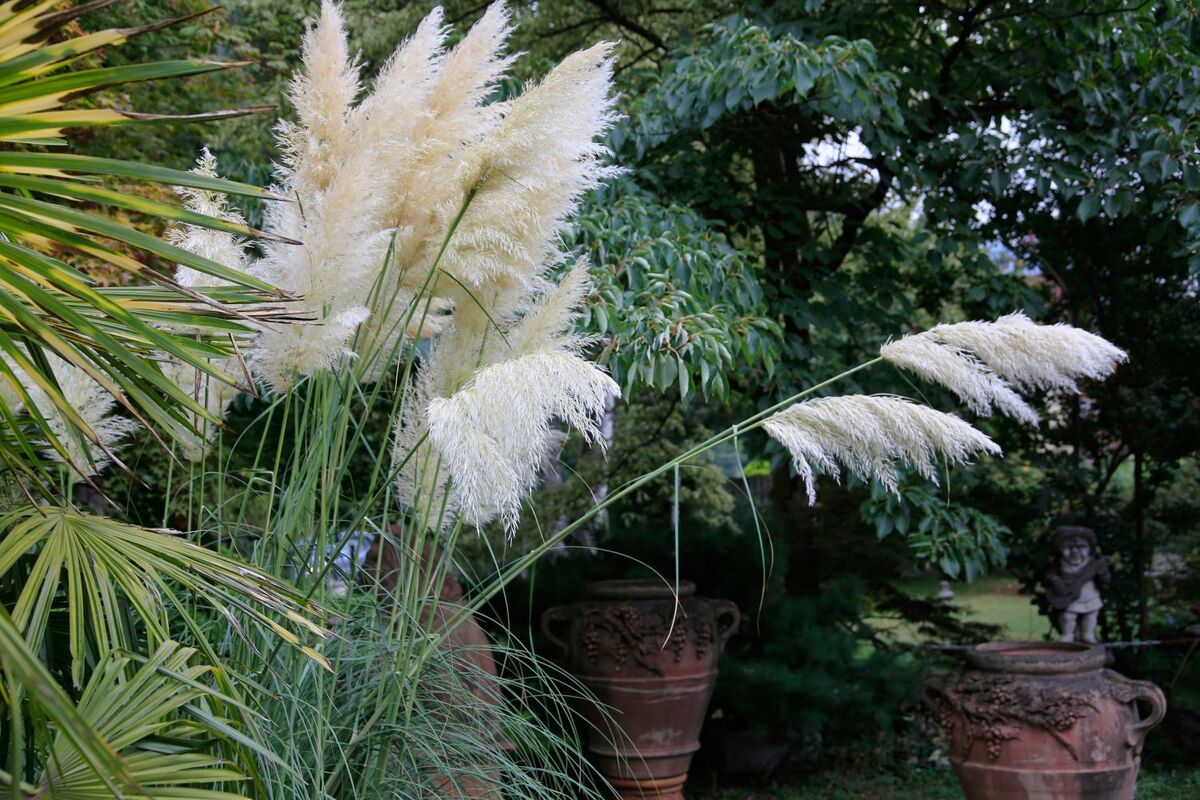
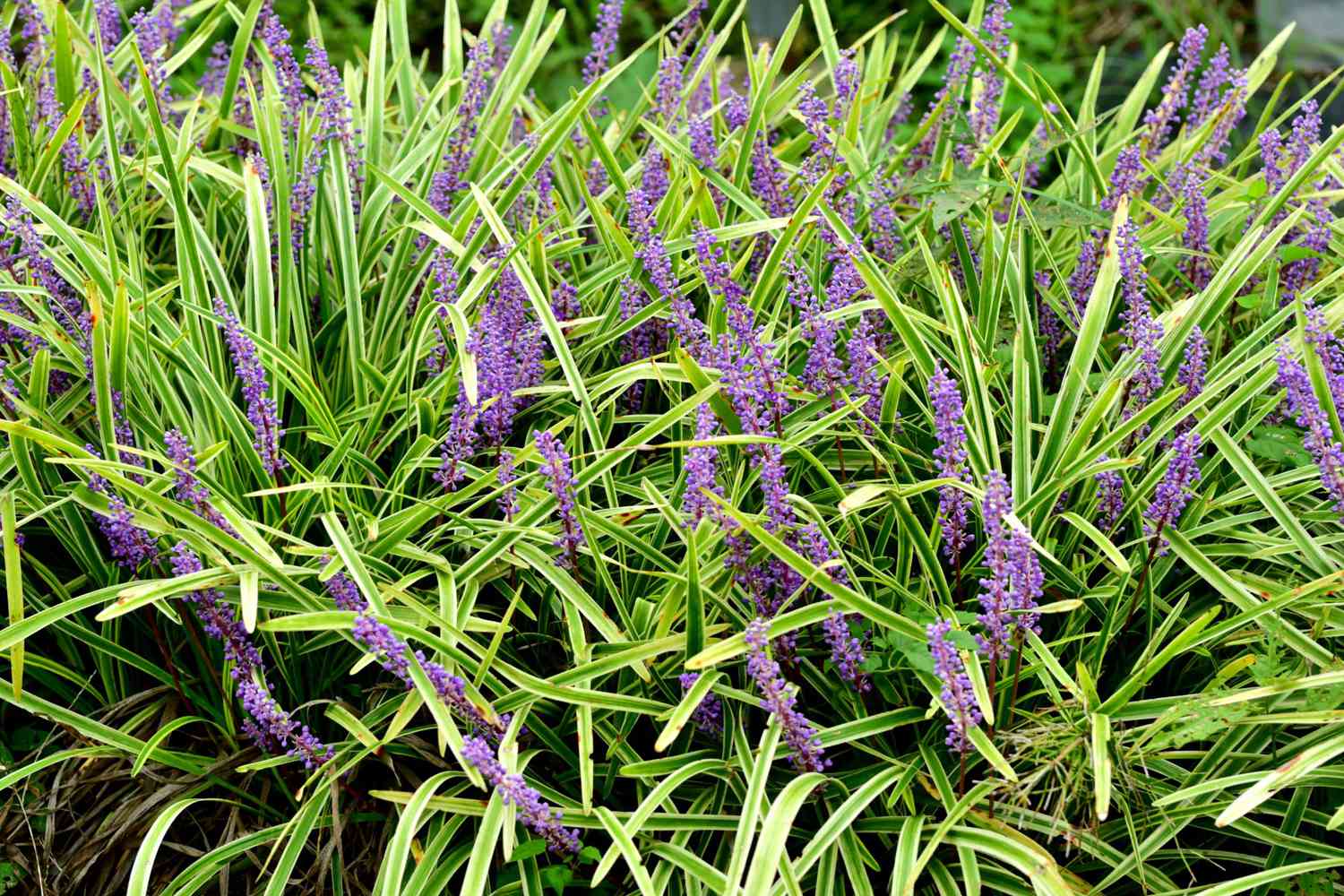
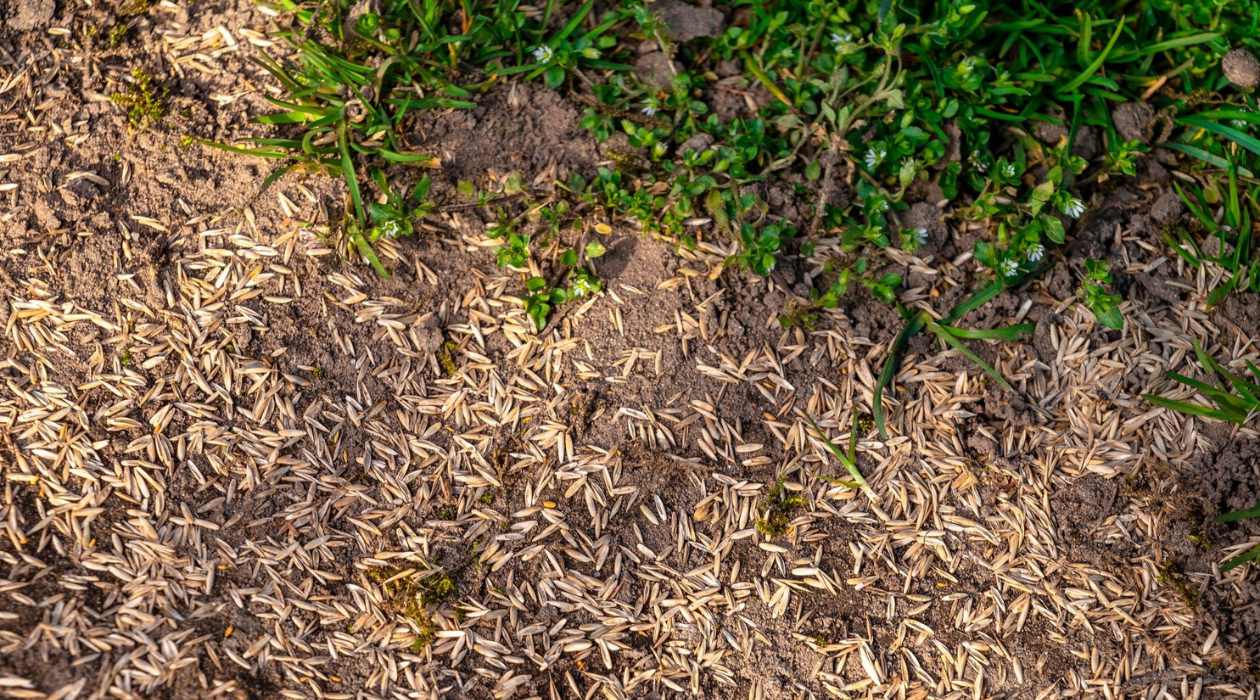
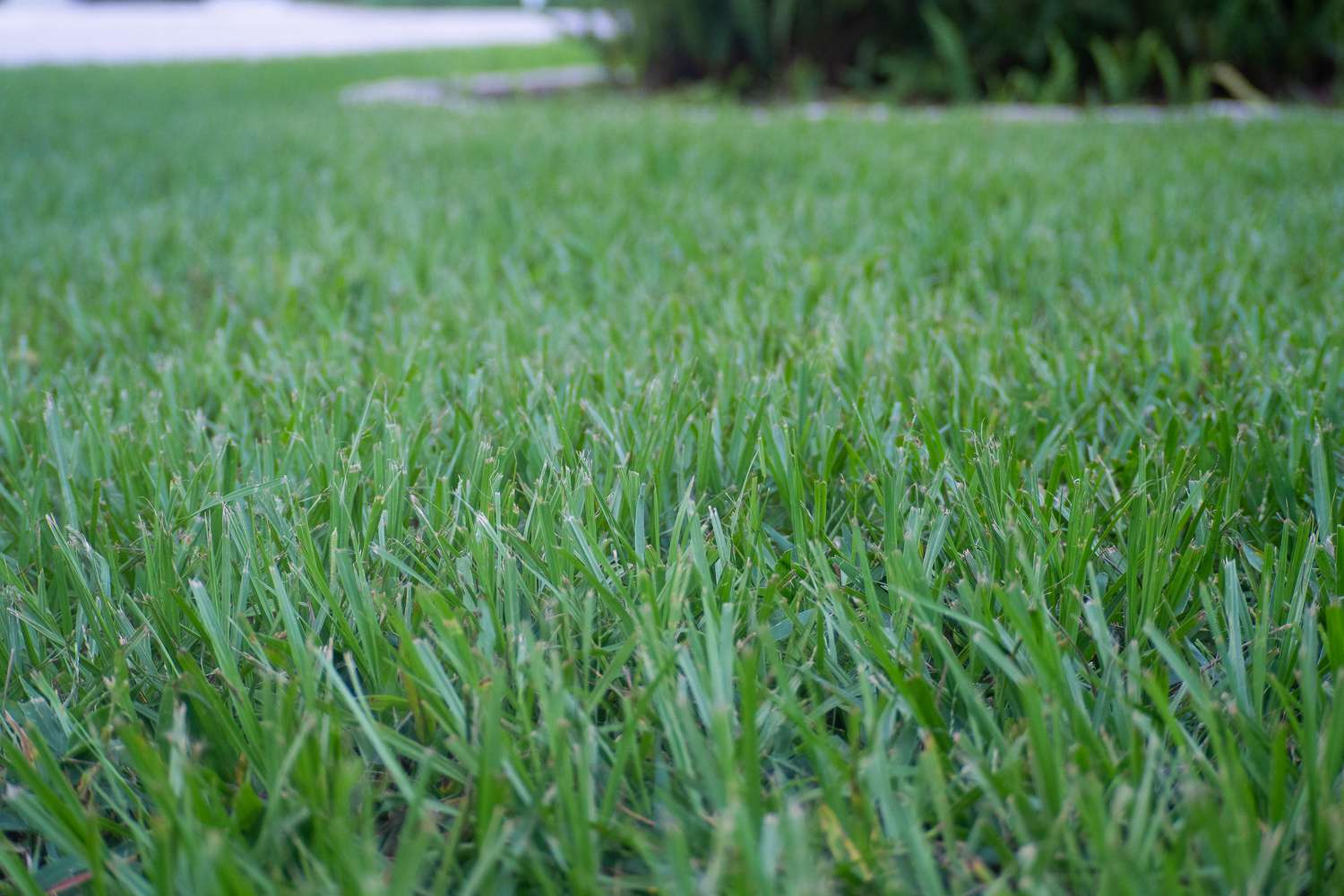
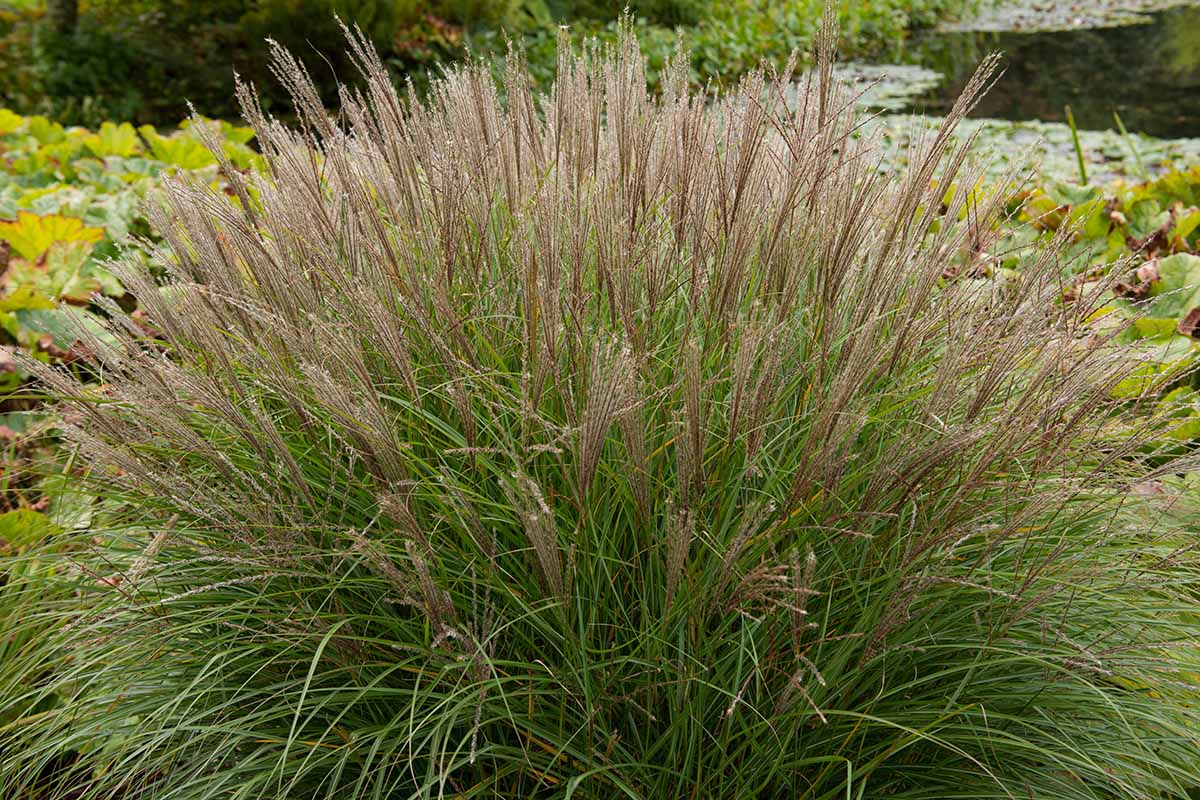
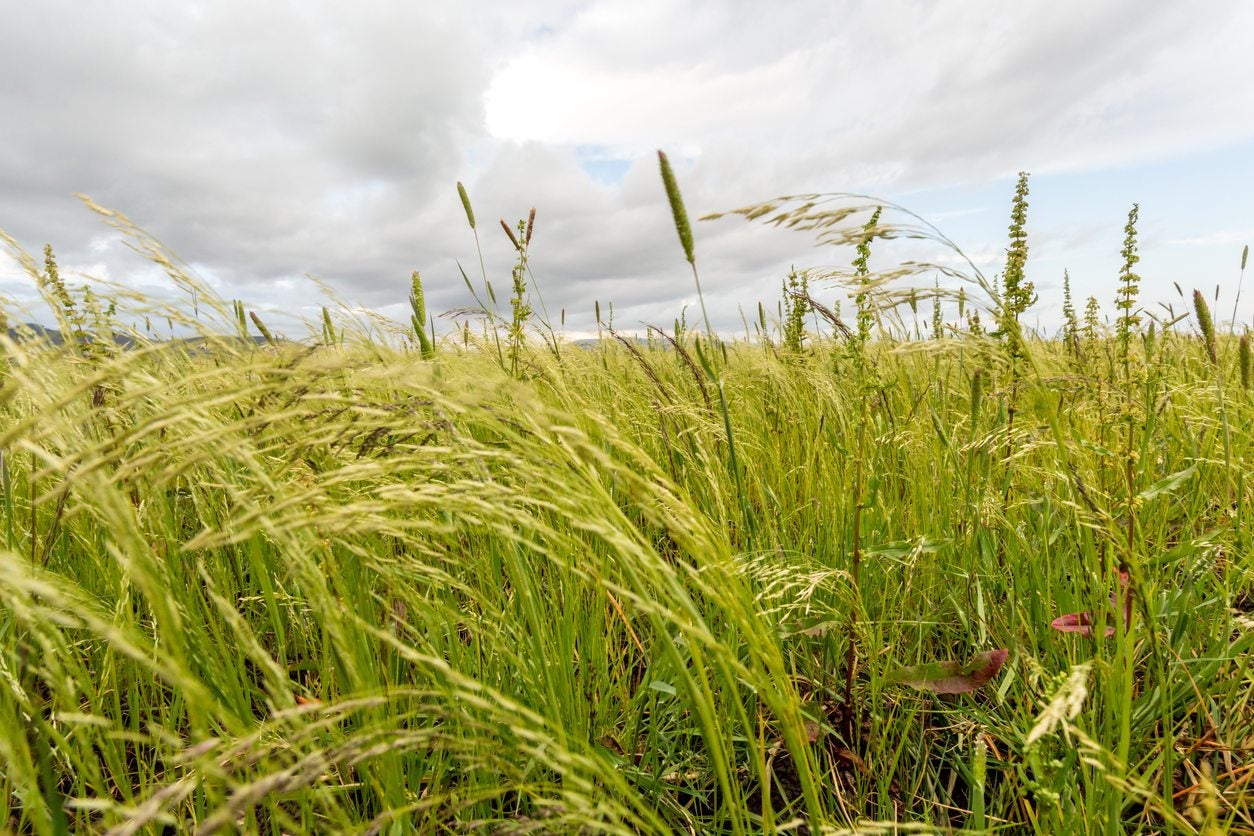

0 thoughts on “When To Plant Grass In Austin”